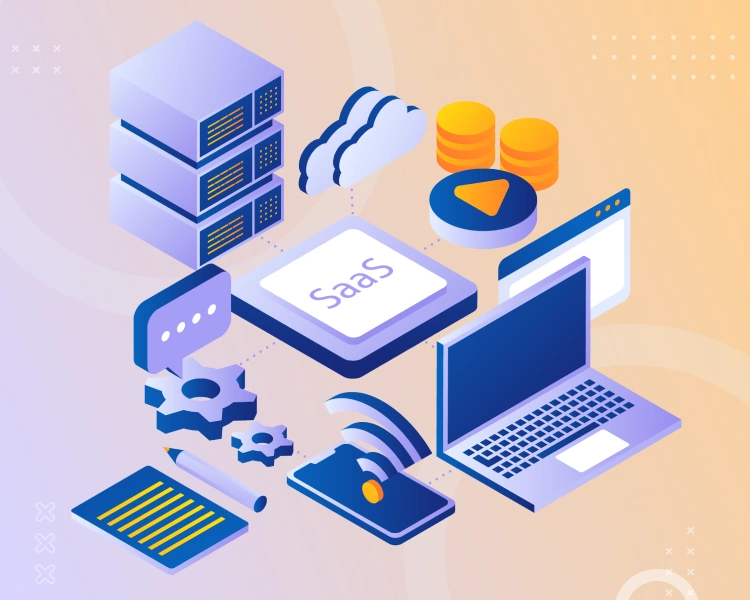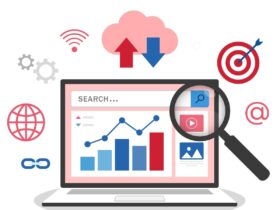In the competitive software as a service (SaaS) market, diversifying revenue streams is essential for growth and sustainability. While traditional models often rely on subscription fees, there are numerous innovative opportunities for SaaS businesses to explore additional revenue sources. This article will delve into some creative and potentially lucrative revenue streams that can propel SaaS companies to new heights.
1. Tiered subscription models
Customization and personalization:
– implement tiered subscription models that vary based on feature access, support levels, and usage limits.
– use ai-driven personalization to suggest the most relevant subscription package based on user behavior and preferences.
2. Freemium models with premium features
Strategic upselling:
– offer a basic version of the software for free while reserving advanced features for a premium tier.
– continuously update and add new features to the premium tier, encouraging free users to upgrade.
3. Cross-selling and bundling
Partnership synergies:
– partner with complementary service providers to offer bundled packages.
– utilize data analytics to identify customer needs and cross-sell relevant services.
4. Marketplace for third-party integrations
Ecosystem expansion:
– create a marketplace where third-party developers can offer their integrations and add-ons.
– charge a commission for sales made through the marketplace, opening a new revenue stream.
5. White-label solutions
Brand customization:
– provide white-label versions of the software that clients can rebrand and resell as their own.
– this approach can be particularly appealing to agencies and consultants looking to expand their services.
6. Consulting and training services
Expertise monetization:
– offer specialized consulting services for software implementation, customization, and optimization.
– conduct training workshops and webinars to educate users about maximizing the software’s potential.
7. Api access and data monetization
Leveraging data:
– offer paid access to apis, enabling customers to integrate and utilize their data in innovative ways.
– monetize aggregated anonymous data (ensuring privacy law compliance) to provide industry insights.
8. Expansion into new markets
Geographical and sector diversification:
– localize and customize the software for different geographical markets.
– adapt the software to serve various industries, creating specialized versions for different sectors.
9. Ad-supported models
Alternative to subscription:
– introduce an ad-supported version for users who prefer not to pay subscription fees.
– select advertisers whose products and services align with the user base.
10. License intellectual property
Innovation revenue:
– license out proprietary technology or algorithms to other companies or industries.
– this can be especially effective for SaaS companies with unique, cutting-edge technologies.
Conclusion
Innovation in revenue generation is about creating value for customers and building a resilient business model. By exploring these diverse revenue streams, SaaS companies can find new ways to grow, adapt, and thrive in the digital landscape.
The success of these strategies lies in understanding customer needs, leveraging technology and data, and continually innovating in both product offerings and business models. The future of SaaS revenue generation is dynamic and full of opportunities for those willing to explore and innovate.












